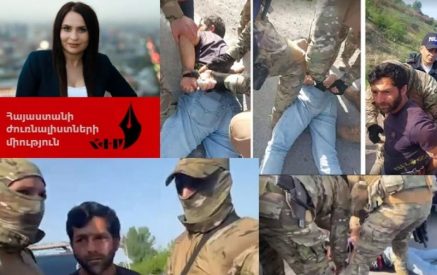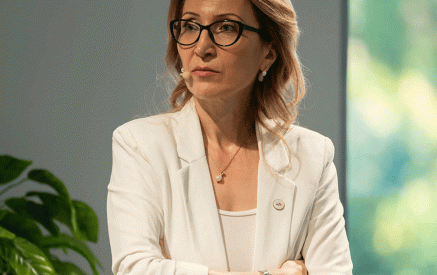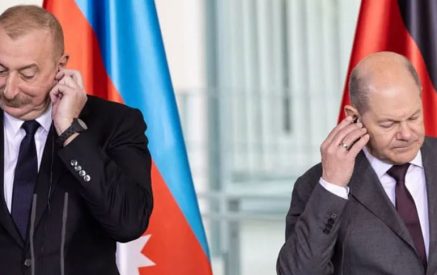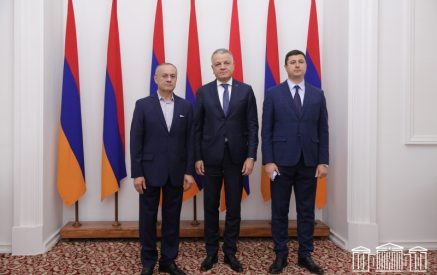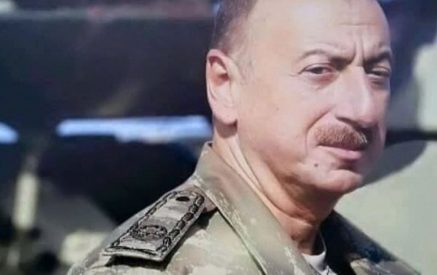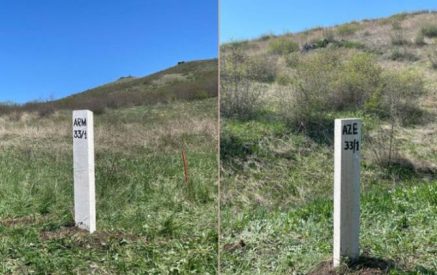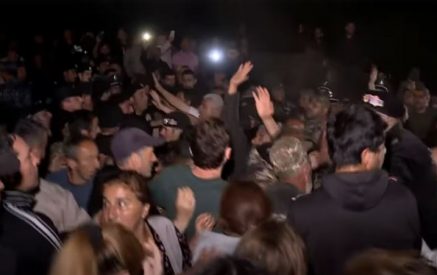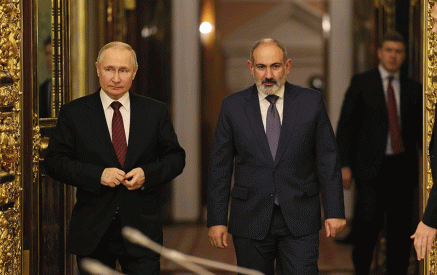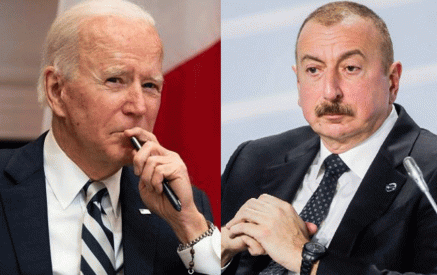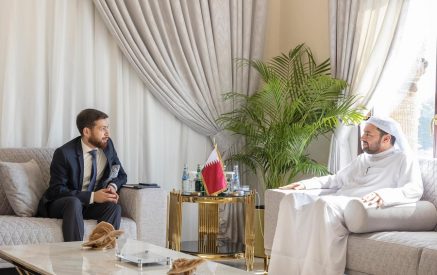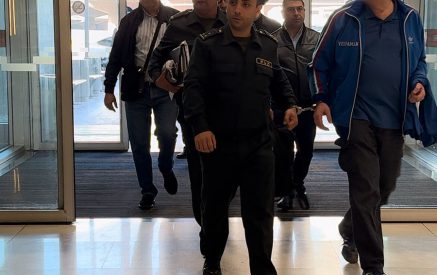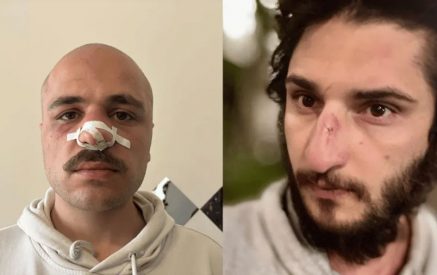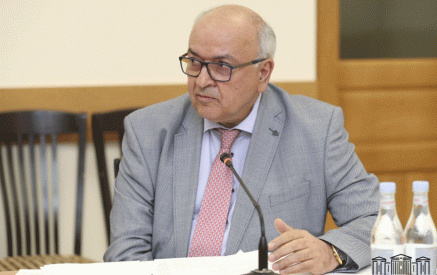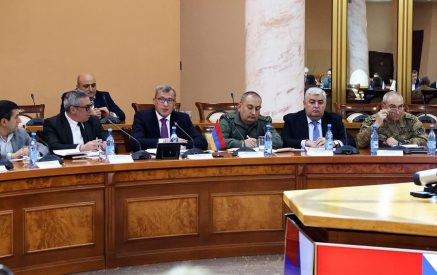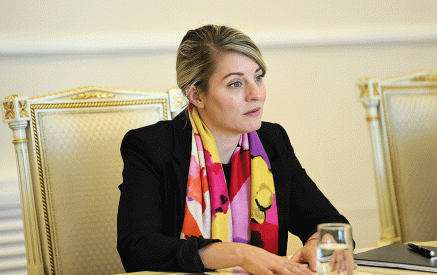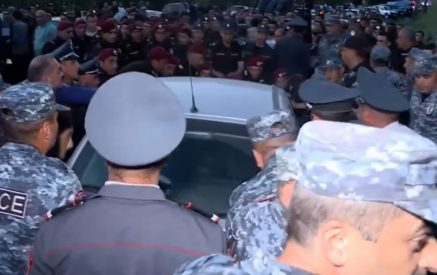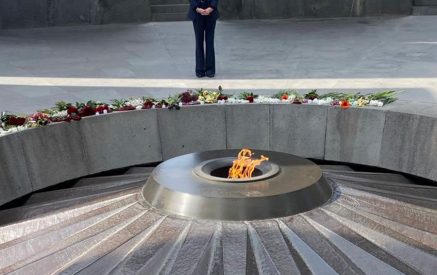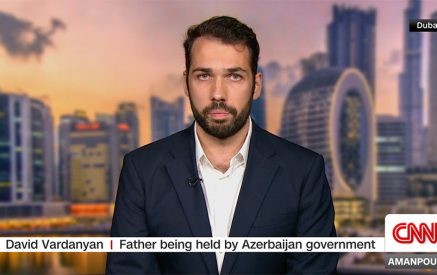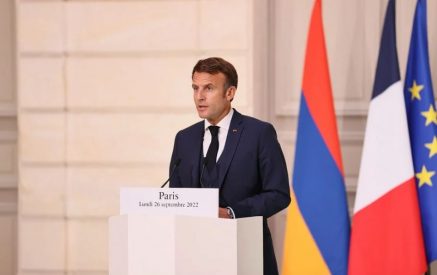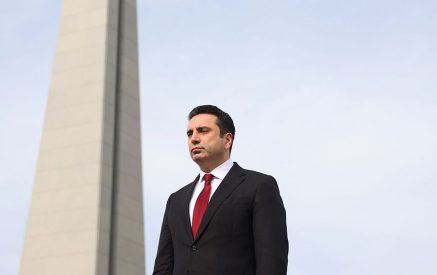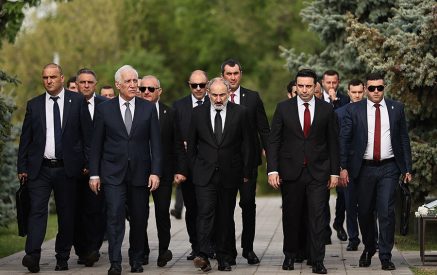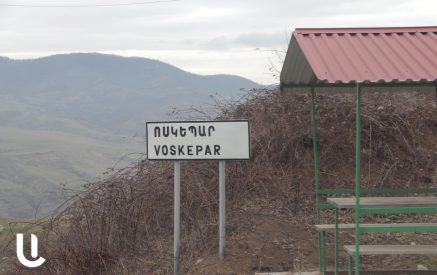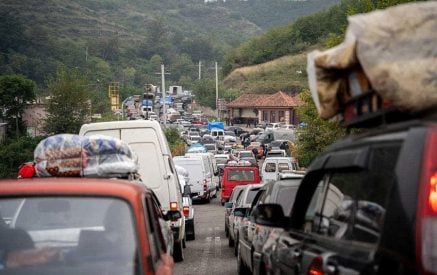by Stepan Piligian
There was a time when our beloved church was the face of the liberation struggle for Artsakh. Who has forgotten the image of strength, wisdom and determination displayed by Archbishop Pargev Martirosyan, appointed the first Primate of the newly-formed Artsakh diocese in 1989? He was a constant presence throughout the wars in Artsakh from 1991-1994 and in 2020 until his retirement due to health problems in early 2021. Martirosyan represented the two most important attributes for military and diplomatic success – unity and hope.
Most Armenians in the diaspora had little functional knowledge of Artsakh prior to the liberation movement in the late 1980s. The independence declarations of Artsakh and Armenia occurred within 19 days of each other in 1991, but they were a study in contrast in their aftermaths. Armenia was liberated within the vacuum left by the collapse of the Soviet Union, while Artsakh was attacked by Azerbaijan and forced to defend its rights. While Armenians waited for media reports of the conflict during those fateful years, our perceptions were influenced by the constant presence of Archbishop Martirosyan, whose blend of patriotism and spiritual guidance drew comparisons to Ghevont Yeretz and Karekin Hovseptiantz. His selfless leadership and sacrificial humility brought the church’s role into focus. With no disrespect intended, most Armenians have limited knowledge of his successor. The church has assumed a much lower profile in the last several years, to the detriment of our people. In times of crisis, hope generates motivation, and through our faith, the church can be the bedrock of hope.
Read also
The cause for Artsakh has always been about the God-given right to self-expression. Military conquests and human rights atrocities can never remove this fundamental truth. The liberation struggle began as a defense of self-determination and human rights and blossomed into a journey of building a nation. It is remarkable what the people of Artsakh have accomplished in isolation and a lack of political recognition. Our world contains many so-called democracies whose citizens would envy the progress of Artsakh.
The Armenian church has always occupied a unique role in the nation. One of the most iconic pictures taken prior to the miraculous tri-battles of 1918 that enabled life for Armenia as we know it was a gathering of soldiers at Holy Etchmiadzin participating in a blessing service by Catholicos Gevorg V. Before the liberation of Shushi in May 1992, Pargev Surpazan blessed the Armenian troops, then led them to Ghazanchetsots Cathedral for a prayer for the fallen soldiers. It was the first time since 1920 that a prayer had been heard in the Cathedral. That moment was a merging of faith, self-determination and hope, as witnessed at Avarayr and Sardarabad.
In 2011, I visited Ghazanchetsots Cathedral in Shushi and experienced its beauty. When I walked into the cathedral that morning, there were several dozen of our brave Artsakh soldiers praying in the sanctuary before heading to the line of contact for their duty to the nation. They understood the role of the church in our survival. I believe they succeeded largely because of the unity of our souls, for our faith and the nation.
If the church had a vital role in the Artsakh struggle in the past, shouldn’t that role be even more crucial today? People are suffering. The behavior of Azerbaijan has degenerated from despotic and oppressive to genocidal. There is no difference between the horrific crimes of murder and deportation committed by Talaat to the pitiful actions by Aliyev to starve an entire population. As Artsakh faces a humanitarian crisis of epic proportions, the church has a responsibility to provide visible leadership.
Archbishop Martirosyan possessed what I will call “humble visibility.” His service was loved and respected, because he lived with his people through every day of the struggle. Humility in the service of God and the faithful is the hallmark of faith and nation. I met such a man a few years ago in Armenia. Father Aram, from the Berd region, is a man of the people. We met in the border village of Chambarak that was building a new medical clinic at that time. He was an associate of the late Jack Medzorian and his wife Eva, who have been humanitarian and economic activists in the region for decades. Father Aram is involved in all aspects of the betterment of the lives of the local people, from a spiritual foundation to education and livelihood. He seeks no tribute or praise – only to see his beloved flock prosper. He embodies what Armenians currently seek in their church leadership. Many of you also know of the dedicated work of the late Father Dajad Davidian who, after retiring from his pastoral work in the eastern diocese, spent years in Armenia organizing youth in the church. He gave the church astounding credibility among the first generation after the fall of Soviet rule.
These examples and others have one major theme in common. Their ministries are not clouded in hierarchy or a lack of public visibility. Their work is with the people within their spheres of influence. The struggle for Artsakh needs an active church willing to go beyond the walls of protocol or tradition. Our church must lead civil protests with the laity. Too often our church limits its work to safe, internal activities. Fundraising for Artsakh is noble, but is not the priority at this time.
The Armenian church has invested a substantial amount of resources into the World Council of Churches (WCC). Last year, Catholicos Aram I of the Great House of Cilicia was elected as one of the presidents of the WCC representing the Oriental Orthodox churches. This is a great honor and position of influence for our church. The churches of the WCC have many humanitarian vehicles and often conduct backchannel diplomacy when a nation’s political environment is volatile. It is not unreasonable to expect support from WCC members for Artsakh through active engagement in ending the blockade.
Perhaps a prerequisite for this approach would be the visible unity of the two Catholicoi. It is common practice for the Catholicoi of Holy Etchmiadzin and Cilicia to unite in times of crisis or need, such as the 1988 earthquake and the 100th commemoration of the Genocide. Visible and sustained public united efforts would trickle down to integrated action on a diocesan level. Our activities today are so decentralized that their impact is minimal. If the mayor of Paris can go to Berdzor, why can’t Aram I and Karekin II, together with 25 bishops? How about a sustained
presence of the church at civil protests and diplomatic influence through sister churches?
The political environment in Artsakh and Armenia should be an opportunity for the church to provide the kind of leadership that will contribute to ending the blockade and maintaining the strength of our people. The church has been criticized for being self-centered, aloof and passive in times of national crisis. This is an opportunity to alter that perception and contribute to the national struggle. This is not new – it is the tradition of our church.


